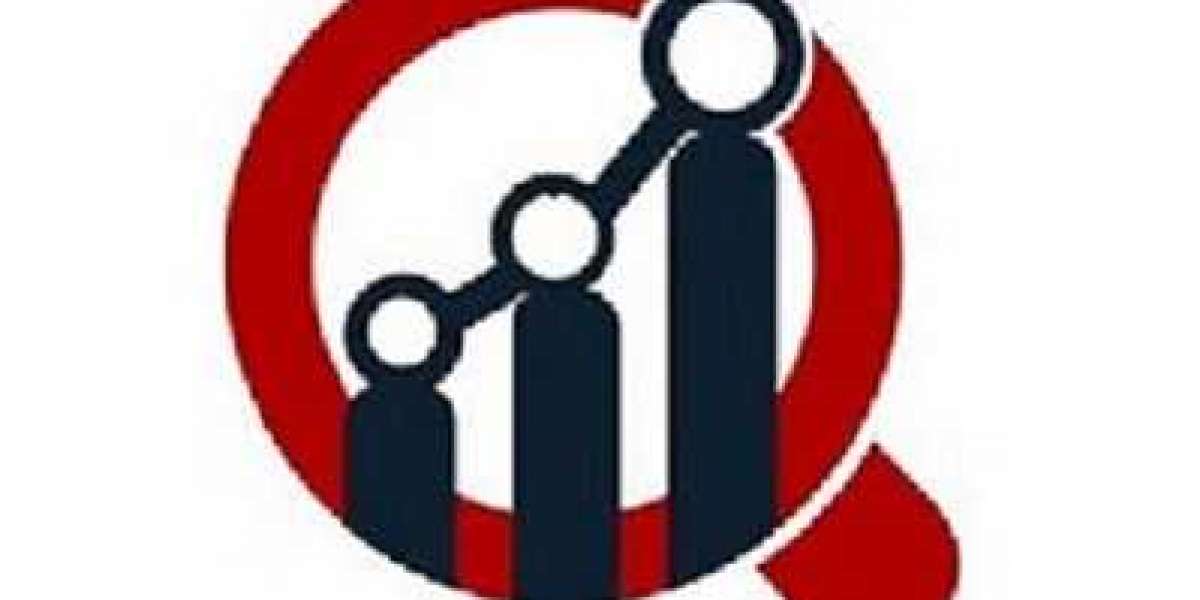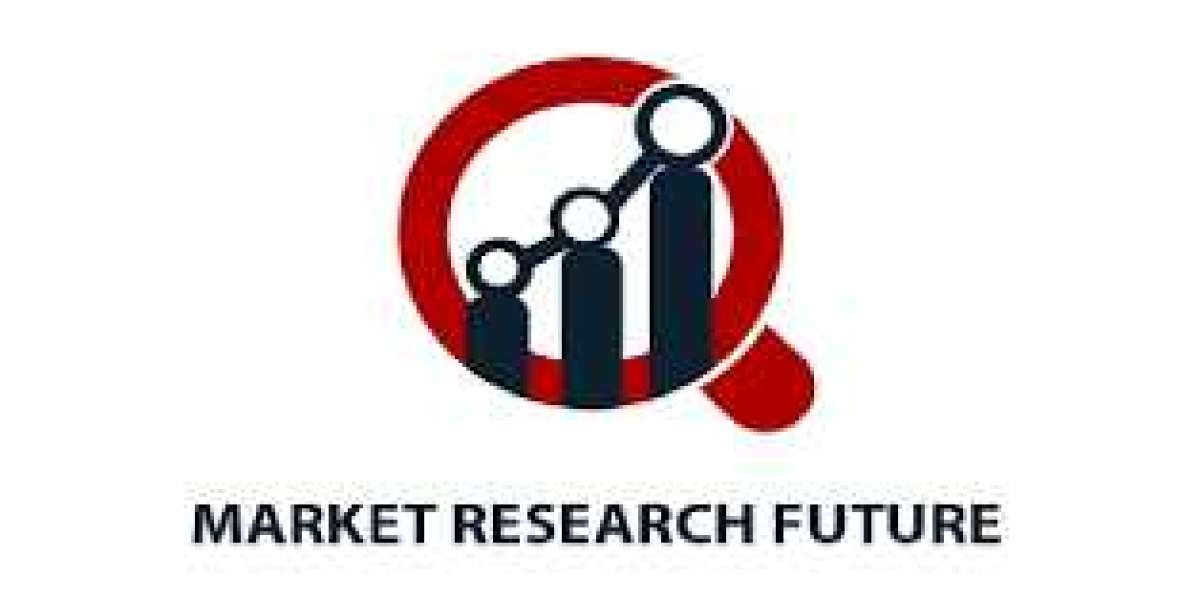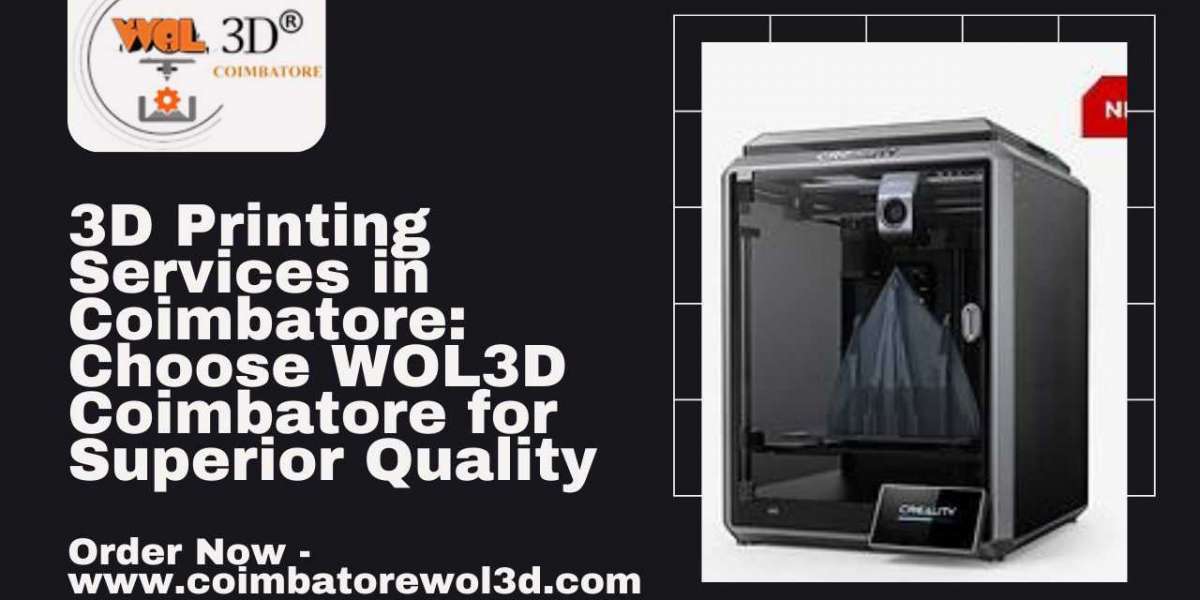The wear plate market has witnessed substantial growth in recent years due to the increasing demand for durable and high-performance solutions that can withstand abrasive and high-impact environments. Wear plates, also known as abrasion-resistant plates or AR plates, are specially designed steel plates with enhanced hardness and toughness properties. They are widely used in industries such as mining, construction, manufacturing, and agriculture to protect equipment and structures from wear, abrasion, and impact damage.This article explores the wear plate market, its applications, growth drivers, and future prospects.
Applications:
Mining and Quarrying: Wear plates play a critical role in mining and quarrying operations where heavy machinery, such as excavators, dump trucks, and crushers, are subjected to extreme wear and tear. Wear plates are used in buckets, liners, chutes, and screens to provide abrasion and impact resistance, extending the service life of equipment.
Construction and Infrastructure: In the construction industry, wear plates are used in applications such as earthmoving equipment, cement mixers, and concrete batching plants. They protect vulnerable areas from abrasive materials and impact forces, ensuring the longevity and reliability of construction equipment.
Recycling and Waste Management: Wear plates are utilized in recycling and waste management facilities to protect equipment like shredders, conveyors, and screens from the abrasive nature of recycled materials. The wear resistance of these plates helps minimize downtime and maintenance costs.
Agriculture and Forestry: Equipment used in the agricultural and forestry sectors, including tillage equipment, harvesters, and log loaders, are exposed to harsh environments. Wear plates are employed to reinforce vulnerable components, increasing their durability and resistance to wear caused by soil, stones, and timber.
Manufacturing and Industrial Machinery: Wear plates find applications in manufacturing processes that involve material handling, such as conveyor systems, hoppers, and feeders. They provide protection against abrasion and impact, ensuring uninterrupted production and reduced equipment downtime.
Growth Drivers:
Increased Demand for Equipment Longevity: Industries are seeking ways to maximize the lifespan of their equipment, reducing downtime and maintenance costs. Wear plates offer a cost-effective solution by enhancing the durability and longevity of machinery, thereby driving the market growth.
Rising Focus on Maintenance and Repair: With growing awareness of the importance of equipment maintenance, there is an increased demand for wear-resistant solutions. Wear plates provide a protective layer, mitigating the effects of abrasion and impact, and reducing the need for frequent repairs or component replacements.
Rapid Industrialization and Infrastructure Development: The global focus on infrastructure development and industrialization is fueling the demand for wear plates. Growing construction activities and the expansion of mining operations drive the need for reliable and long-lasting wear-resistant solutions.
Advancements in Material Technology: Continuous developments in material technology have led to the introduction of wear plates with superior hardness, toughness, and wear resistance. Manufacturers are investing in research and development to improve the performance and efficiency of wear plates, attracting more end-users.














